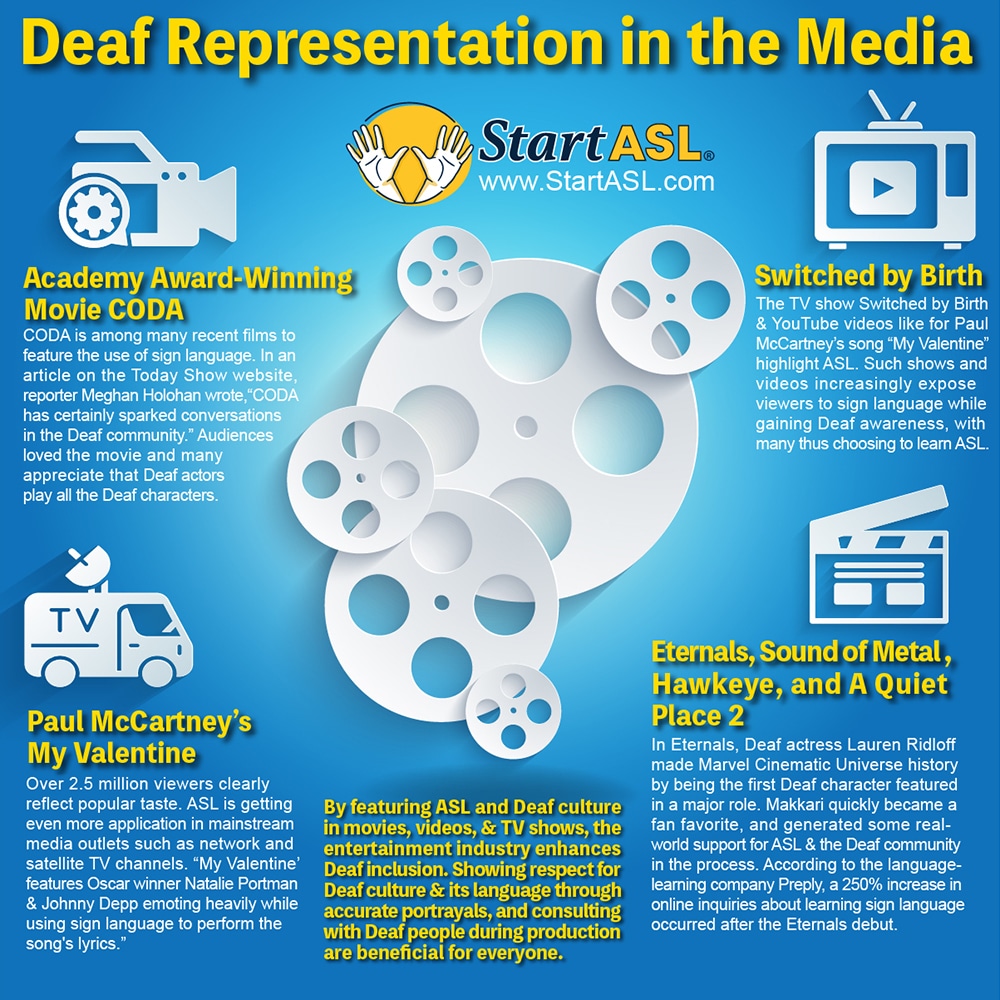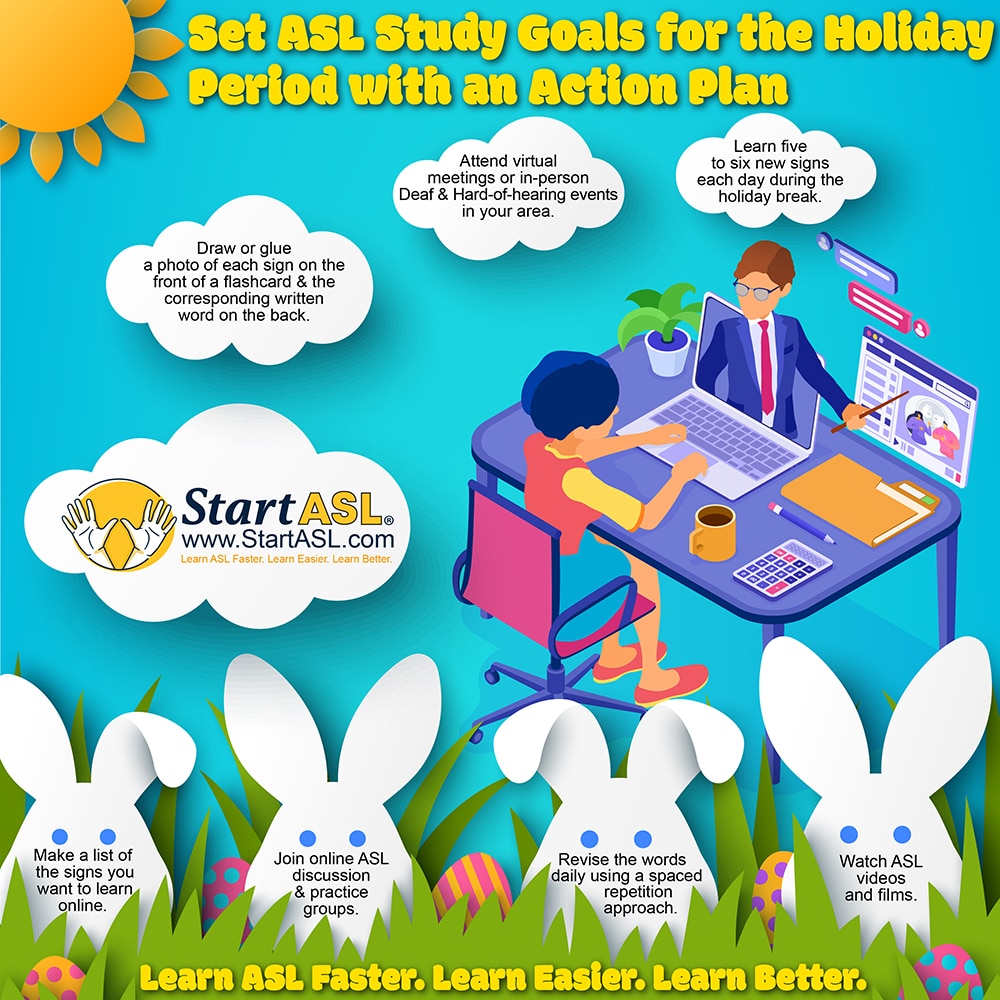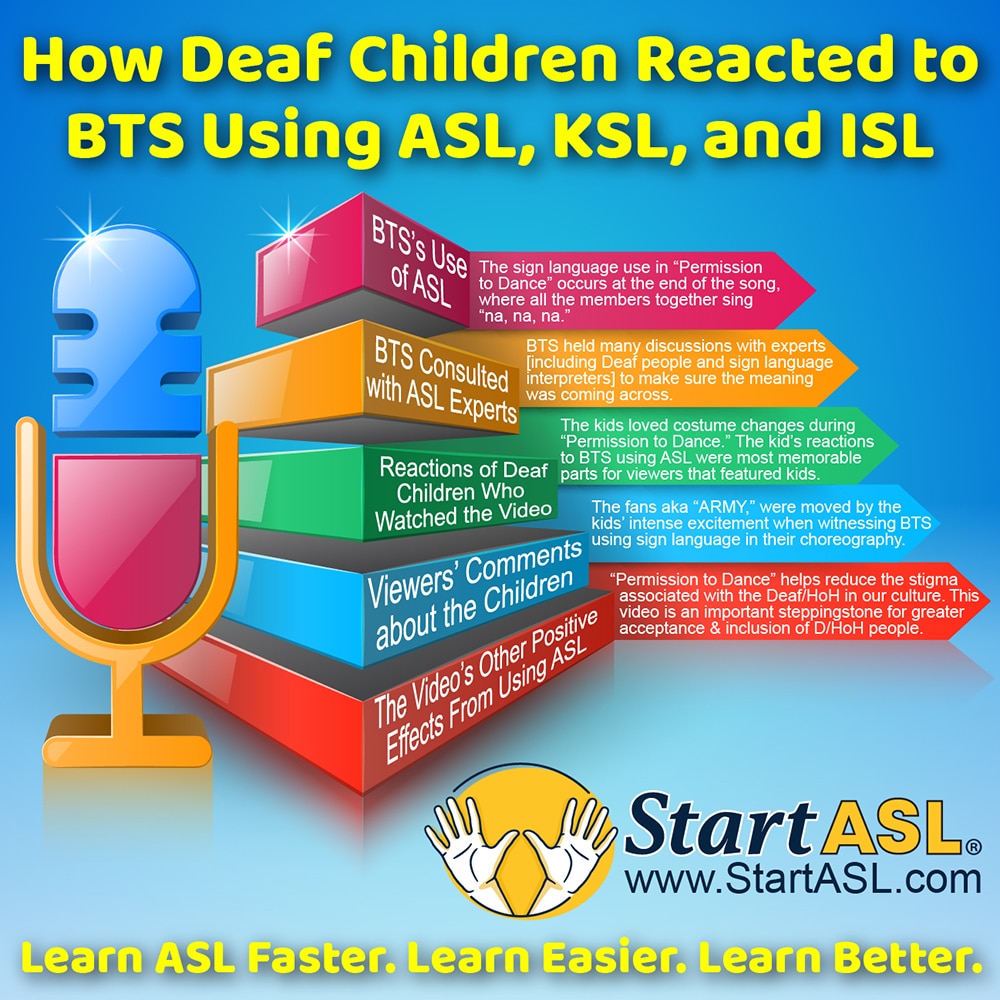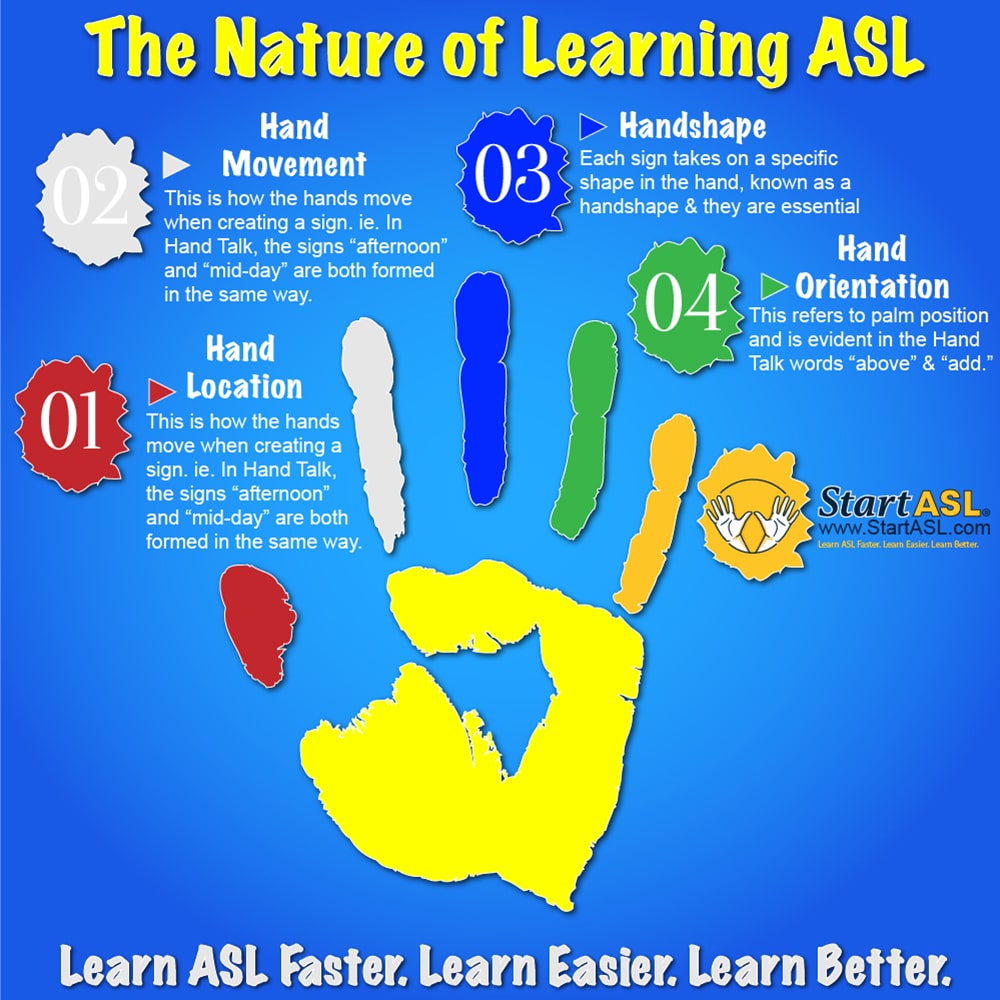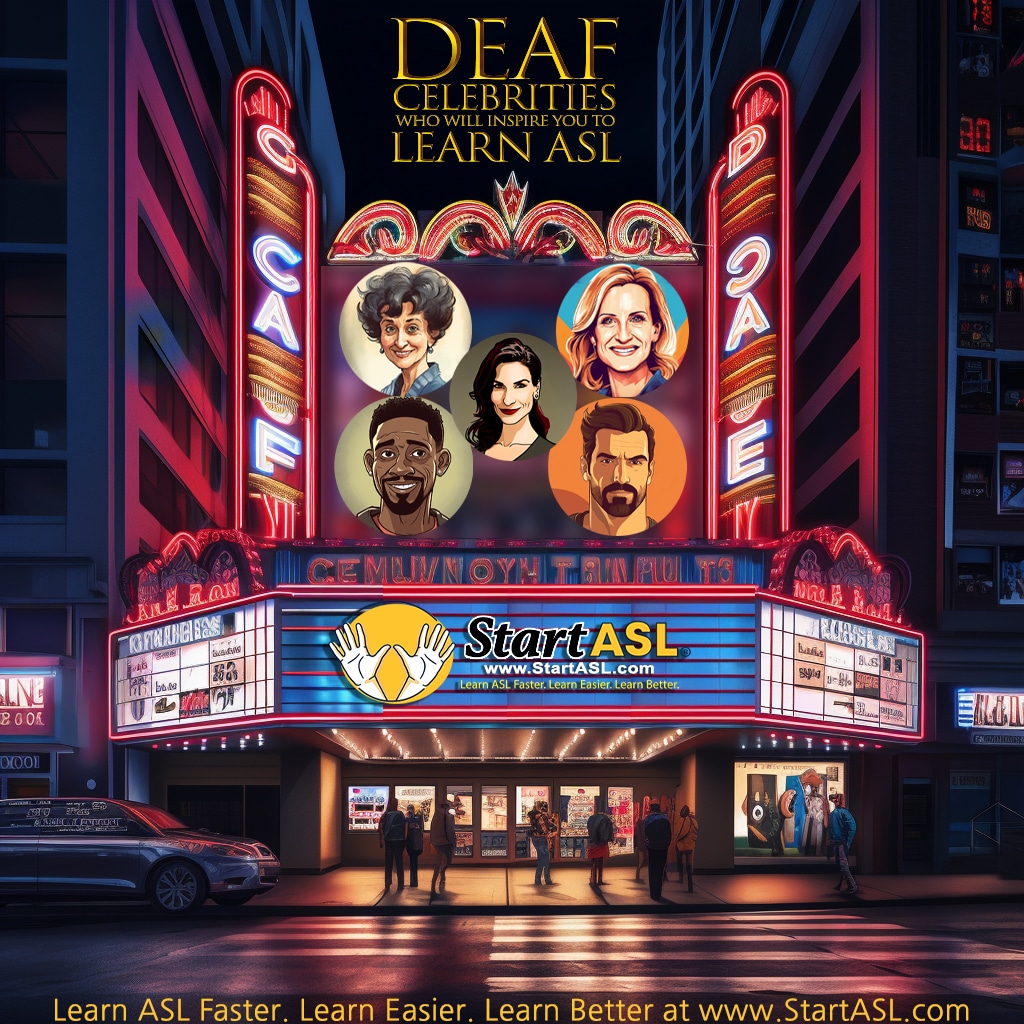
Teach Your Infant Sign Language
- by Start ASL
- No Comments
Step 2 – Getting Started
The first thing you will do before you start teaching your infant sign language is pick the signs you are going to begin with. I suggest picking a handful of signs. Most parents choose signs that have to do with eating like “eat,” “drink,” or “milk.” Throw in some fun signs like “cat,” “bath,” or “sleep” too.
You will get a chance to learn and choose the signs you will use to teach your infant sign language in the next step.
Signing
When you begin to sign, sign the word directly before, during, or after the activity. For example, during nursing, sign “milk” or before feeding, sign “eat.” Continue to show your baby the sign often and stay consistent.
Continue using these signs until your baby starts to sign them back to you. Then, choose another sign, and start the process over. But make sure you don’t stop using the signs your baby already knows.
The more signs your baby knows, the easier it will be for her to learn them. Your baby will also pick up signs faster as she learns that she can get her needs met by using them.
You don’t always have to sign in the air. With infant sign language, you can get your baby’s attention by signing on the object you are talking about, or even signing on your baby!
Is Your Baby Ready?
 Now that you know the basics of teaching your infant sign language, I’m sure you want to know when to start! Some parents start at birth, while some don’t even learn about baby sign language until their baby is one year old. Really, there is no magic number, and it can be difficult to know if your child is ready.
Now that you know the basics of teaching your infant sign language, I’m sure you want to know when to start! Some parents start at birth, while some don’t even learn about baby sign language until their baby is one year old. Really, there is no magic number, and it can be difficult to know if your child is ready.
When your baby is able to sit up alone, without using his hands to hold himself up, he can not only read your signs better but is also more able to sign back to you. This usually happens between 6 and 9 months of age.
You will also want to see if your baby is showing interest in things you do with your hands or around the house. If your baby perks up when you are getting ready to nurse, watches the family dog, or gets excited when you run water for a bath, he will most likely welcome some help with communication. These are all things your baby will want to sign about–not just needs, but also things that excite him.
Maybe your baby is already signing. Children can and will invent signs of their own that include pointing or mimicking what they’ve seen. Family members can also have taught signs without even realizing. An example of this is a child learning to wave “bye-bye” before he can say it. This means your child is already receptive to signs.
Motivation
Mealtime is the most logical starting point. When your baby is nursing, most of his attention revolves around food and the source of the food. This is why many parents start with signs that revolve around eating and drinking. “Milk” is the most popular starting sign and because of the motivation of food, your baby will be very receptive. As your baby’s diet changes and grows, so does his vocabulary of food signs.
Bath time is another great time to sign. You can see how your baby reacts to the water temperature, try to communicate the difference between clean and dirty, and even point out your baby’s bath toys.
Bedtime is a good time to sign as well. You can sign about sleep, your baby’s blanket or security item, temperature, or even what you see out the window.
Have a Baby Sign Language Success Story?
If you have had success with baby sign language, please share your experience! So many parents are unaware of the true success of signing with your baby.


